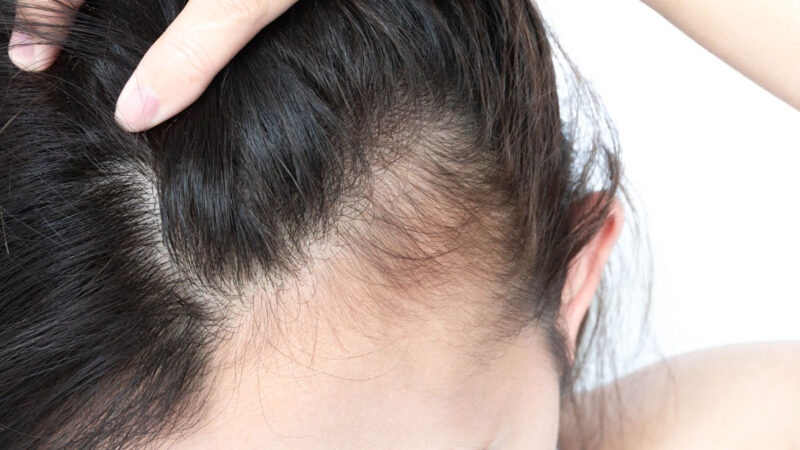Dental plaque: What Is It and How Do I Remove It?

Introduction
Dental hygiene is crucial for maintaining good oral health. Among the things you need to keep in check is dental plaque, which is the build-up of bacteria and food particles on the surface of your teeth. In this blog, we’ll discuss what dental plaque is, its consequences, and how to remove it to maintain a healthy smile.
What is dental plaque?
Dental plaque is a biofilm composed of bacteria, saliva, and food debris that accumulates on the surface of your teeth. It forms within hours of eating and drinking, and if not removed, it can harden into tartar, which is harder to remove and can lead to more severe dental problems.
How does dental plaque form?
When you eat or drink, the bacteria in your mouth feed on the sugars and starches in your food, producing acid that can erode your tooth enamel. This process, known as demineralization, can lead to cavities and gum disease. Dental plaque forms when bacteria cling to the surface of your teeth and multiply, forming a film that coats your teeth.
Consequences of dental plaque
● Tooth decay
The acid produced by the bacteria in dental plaque can lead to tooth decay, which is the breakdown of the enamel that protects your teeth. This can cause cavities, which can be painful and require treatment from a dentist.
● Gum disease
Periodontal disease, also called gum disease, is an inflammation of the tissues supporting your teeth. It is caused by the buildup of plaque on your teeth, which can cause inflammation and damage to your gums. If left untreated, gum disease can lead to loss of tooth.
● Removing dental plaque
To prevent dental problems caused by plaque, it’s essential to remove it regularly. Here are some effective ways to remove dental plaque:
● Brushing teeth
Brushing your teeth twice a day is the most effective way to remove dental plaque. Use a soft-bristled toothbrush and fluoride toothpaste to brush your teeth in circular motions for two minutes. Be sure to brush all surfaces of your teeth, including the fronts, backs, and chewing surfaces.
● Flossing
Flossing is an essential part of dental hygiene that can remove plaque from areas that a toothbrush cannot reach, such as between your teeth and along the gumline. Use a piece of floss about 18 inches long, wrap it around your index fingers, and gently slide it between your teeth in a sawing motion.
● Mouthwash
Mouthwash can help freshen your breath and kill bacteria. Use an antiseptic mouthwash after brushing and flossing to help kill the bacteria that cause plaque.
● Professional cleaning
Regular visits to the dentist for professional cleaning can remove any plaque or tartar buildup that you may have missed while brushing and flossing. Your dentist can also check for signs of tooth decay or gum disease and recommend treatment if necessary.
Conclusion
Maintaining good dental hygiene is essential for preventing dental problems caused by dental plaque. You can keep your teeth and gums healthy by brushing and flossing regularly and visiting your dentist for professional cleaning. If you’re looking for dental labs in NYC or a denture lab near you, make sure to do your research to find a reputable provider. Don’t neglect your oral health, as it can affect your teeth and gums and overall health and well-being. Remember, prevention is always better than cure.
In conclusion, dental plaque is a common problem that can lead to various dental issues if left untreated. By understanding how dental plaque forms and the consequences of leaving it on your teeth, you can take steps to remove it and maintain good dental hygiene. Remember to brush and floss regularly, use mouthwash, and visit your dentist for professional cleaning. And if you need dental labs NYC or a denture lab near me, choose a reputable provider for your oral health needs. With proper care and attention, you can keep your smile healthy and bright for years.
FAQs:
Q: How can I tell if I have dental plaque?
A: Dental plaque is often invisible to the naked eye, but you may be able to feel it on your teeth if it has hardened into tartar. Signs of dental plaque include a fuzzy or sticky feeling on your teeth, bad breath, and a sour or unpleasant taste in your mouth.
Q: Can dental plaque cause bad breath?
A: Yes, dental plaque can cause bad breath. The bacteria in plaque produce gases that can give your breath an unpleasant odor. Regular brushing, flossing, and mouthwash use can help to reduce bad breath caused by plaque buildup.
Q: Can dental plaque cause other health problems besides dental issues?
A: Research suggests that there may be a link between dental plaque and other health problems, such as heart disease and diabetes. The bacteria in plaque can enter your bloodstream and contribute to inflammation in other parts of your body. Maintaining good dental hygiene can help to reduce your risk of developing these and other health problems.
Q: Is it possible to remove dental plaque at home?
A: Yes, you can remove dental plaque at home by brushing and flossing regularly and using mouthwash. However, professional dental or dental hygienist cleaning is the most effective way to remove stubborn plaque and tartar buildup.
Q: How often should I visit the dentist for professional cleaning?
A: You should visit the dentist for professional cleaning at least twice a year, or as often as your dentist recommends based on your individual needs. Regular dental visits can help to prevent dental problems and keep your teeth and gums healthy.





